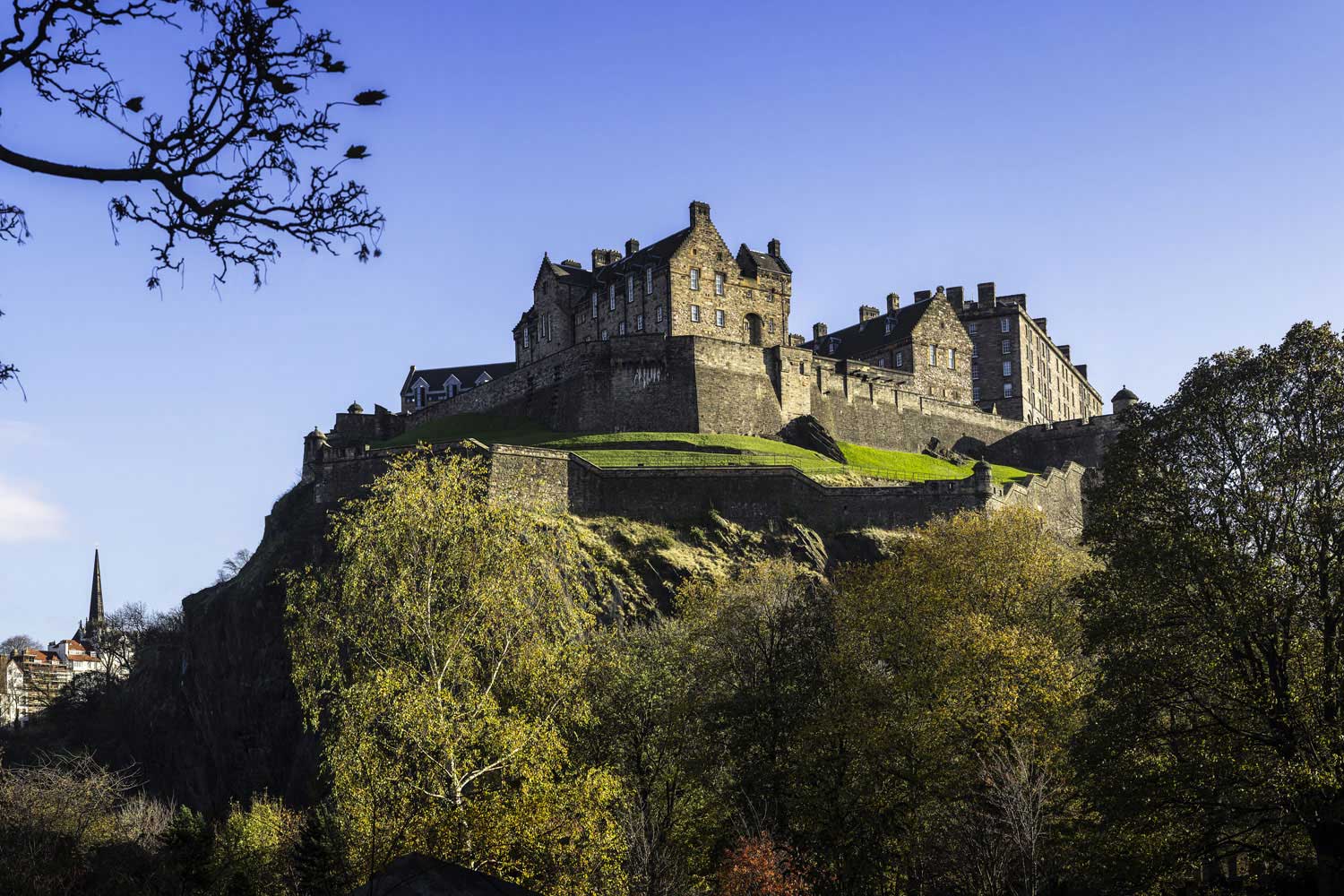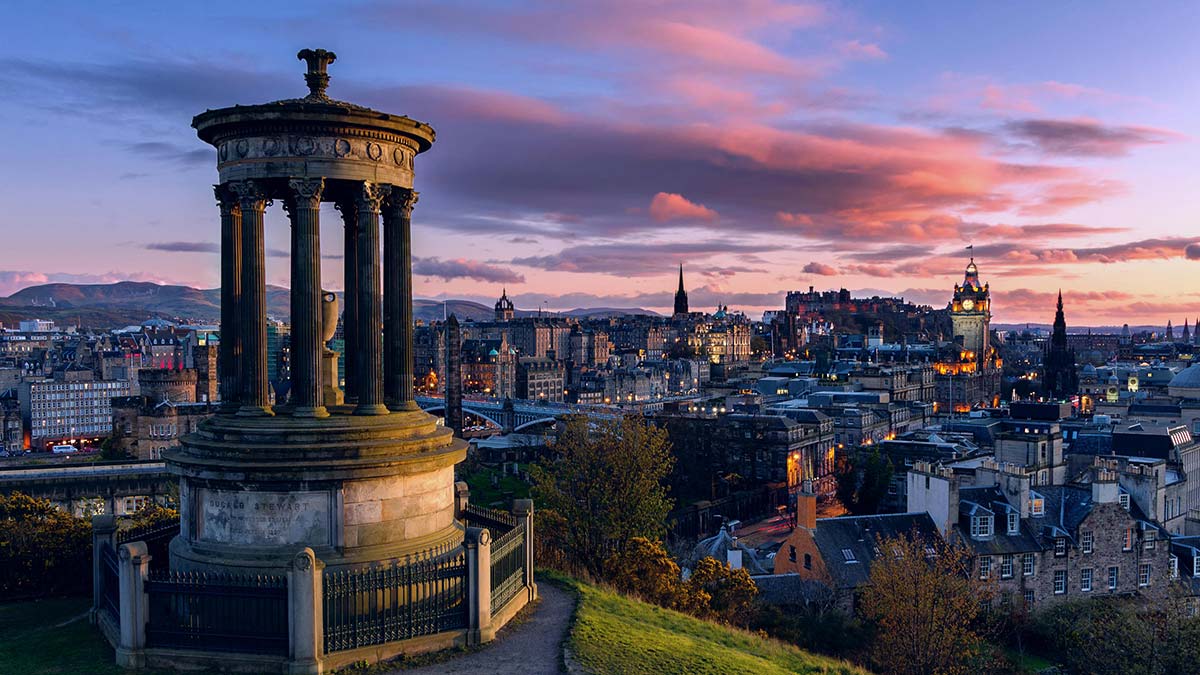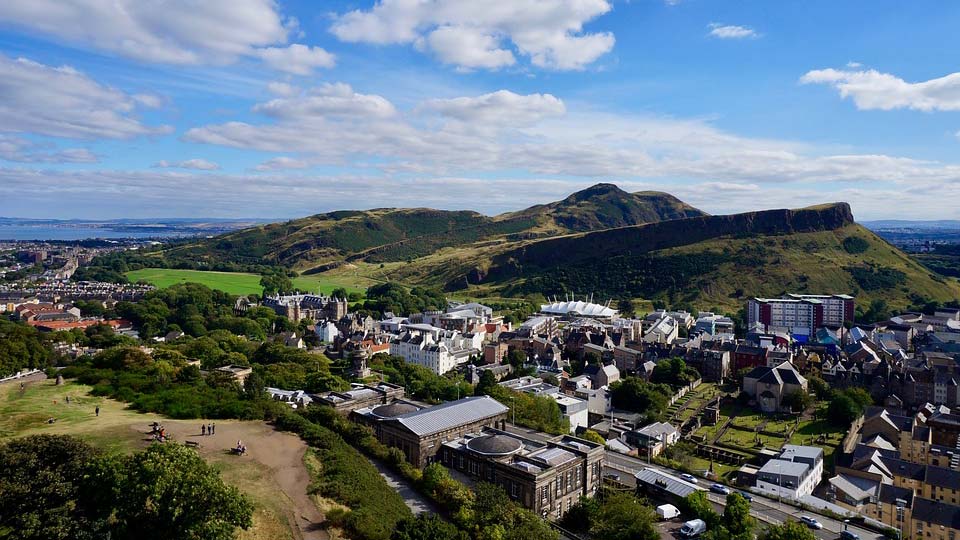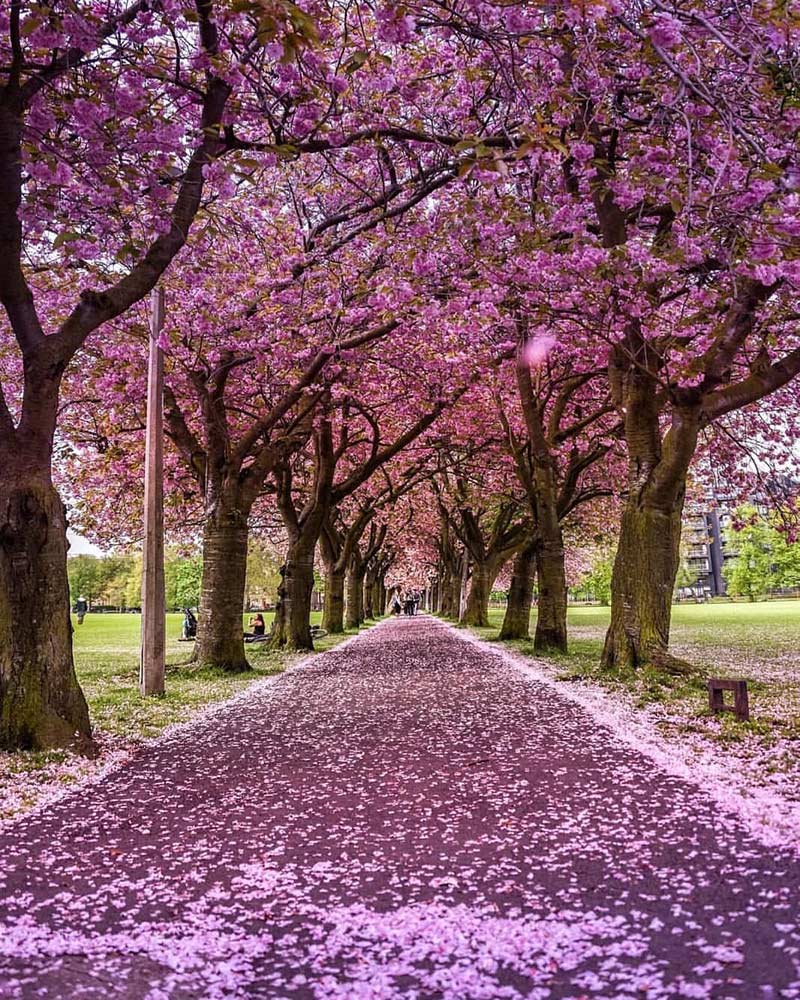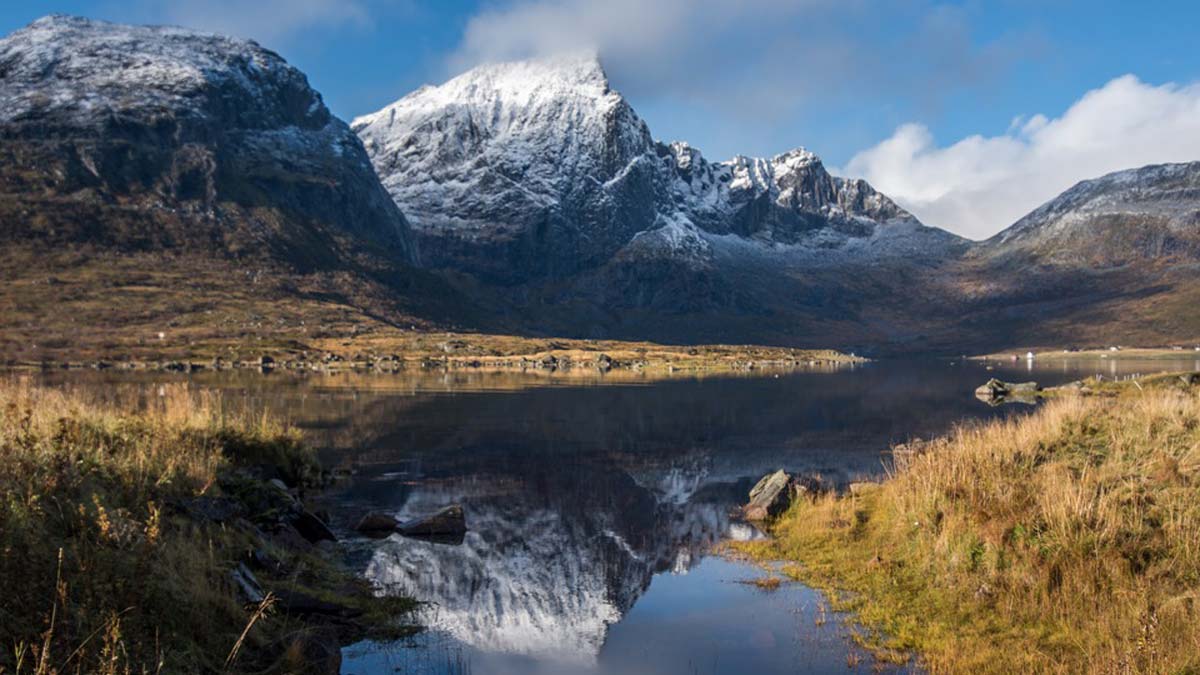Scotland is famous around the world for its noisy bagpipes, incomprehensible accents and eerie legends, not to mention being the back-garden of England. However, a trip to this beautiful country proves to be so much more – as uncovered by Amal Sarhan.
An axis of history, philosophy and art, Scotland is a country saturated with culture and heritage, with famous writers and thinkers such as Sir Arthur Conan Doyle, Robert Burns, David Hume and Adam Smith. Home of a host of native languages, including Gaelic and Scots, as well as traditional ceilidh dances and tartan clothing, Scotland is imbued with a unique identity and culture. Its national flower is the thistle, an unusual thorny flower characteristic of Scottish resilience and beauty.
We start at Edinburgh, Scotland’s capital, and by far one of the most beautiful cities in the world. Known for its gusty winds and hilly slopes, this layered city is a perfect brew of urban and rural. Home to magnificent architectural buildings and a cultural hub of art, music and culture, you can also find serene and luscious greenery around every corner, as vast green spaces freckle even the innermost parts of the city. It is affectionately called ‘Auld Reekie’ by locals, coined due to the persistent smoke that once hung over the city caused by open coal and peat fires.
It would be a great injustice to begin without the momentous national gem housed within the city: Edinburgh Castle. Towering above the metropolis with an air of command and unwavering strength, this 900-year-old stronghold can be admired from anywhere in the city and from every angle. Situated on top of Castle Rock and accessible through a steep walk up the Royal Mile and High Street, it offers a breathtaking view of the city below. The Royal Mile is the main street of Edinburgh’s Old Town, lined with local shops and buzzing with the sound of bagpipes.
Directly below the castle lies the well-known Princes Street Gardens, an extensive verdant park at the heart of the city where you can picnic and relax. It is also home to numerous sights, such as the famous Scott Monument (built in tribute to the writer, Sir Walter Scott and the secondlargest monument dedicated to a writer in the world). As well as the Parish Church of St. Cuthbert, the embellished flower clock, and the glistening Ross Fountain, a bright 19th-century turquoise structure garnished with streaks of gold, a marvellous spectacle with the castle high above in the background. If you are lucky, you might have a squirrel or two approaching to say hello.
Edinburgh’s weaving Water of Leith is a sight to behold. Lacing through the city, a walk by this meandering river offers a sense of serenity amidst the bustle of the streets. It will also eventually lead you to a petite retreat named the Dean Village, also known as ‘Water of Leith Village’, a centuries-old grain mill village with historical buildings and houses, the most notable of which is the Well Court, due to its quaint charm. Situated nearby are the Scottish National Galleries of Modern Art, lavish estates which store expansive collections of contemporary artworks.
The Meadows is a great green expanse not far from the main university of Edinburgh and frequented by students. Entwined with bike lanes and lined with beautiful trees, it is the perfect spot for a picnic, a fun day of frisbee or a casual bike ride. The most beautiful part of this park is unmistakably the cherry blossoms that line Coronation Walk. Full-bloom in spring, this pink canopy is magical to stroll through.
Arguably one of the most prominent sights in Edinburgh is Calton Hill, home to the city’s collection of historical monuments, including the incomplete National Monument – inspired by the Parthenon in Athens, the Nelson Monument, the City Observatory and the Dugald Stewart Monument. A five-minute hike from Regent’s Street, it offers an impeccable panoramic view of the city and its great landmarks such as the Royal Mile, the Scottish Parliament and Waverley Train Station.
Another major Edinburgh favourite that can be viewed from Calton Hill is Arthur’s Seat, a dormant volcano and another popular hiking destination offering the most outstanding view of the city below. Close by is the Crags, a jagged rock and popular spot for students and youngsters to watch fireworks on Hogmanay or Bonfire Night.
Right below is Holyrood Park, the biggest green space in the centre of the city. It is home to Holyrood Palace, founded in 1128 and the official residence of the Queen in Scotland. Mary Queen of Scots, a prominent figure in Scottish history and a symbol of feminine power in the country and worldwide, lived most of her life in the palace. Enclosed is The Queen’s Gallery, featuring works from the Royal Collection.
Just opposite Greyfriars Kirk is one of Scotland’s most prized gems, the National Museum. From history to fashion to the animal kingdom and technology, this national landmark is a cornerstone of Scottish intellectualism and academic excellence. Current exhibitions include ‘The Typewriter Revolution’, ‘Inspiring Walter Scott’ and ‘Audubon’s Birds of America’. Head down here for a fun day of learning with the family.
For a most memorable and special afternoon delight, visit the Scotsman’s century-old Grand Café for some High Tea with friends or family. And for some traditional pies, head down to South Bridge’s Piemaker, established in 1995, where you will find an assortment of cup-sized pastries.
The Scottish Highlands is a famous destination, with a host of castles from ancient times, boundless national parks and preserved land, dotted with hairy coos (cows), furry wildcats, red deer and endearing little puffins almost everywhere you look. Seamed with deep lochs and heavenly mountains, this northern area is the ultimate escape into nature.
The most famous lochs include Loch Ness, which is 230m deep, familiar due to the myth of the Loch Ness monster (affectionately referred to as Nessie by Scots), and Loch Lomond, a subject of the eminent Scottish tune The Bonnie Banks o’ Loch Lomond.
Directly adjacent to Loch Ness is the town of Inverness, located on River Ness, whence its name is derived, along with the loch. A long-established centre of the Highlands, the quaint town is home to medieval ruins and prehistoric sites, including Urquhart Castle. Walking through the cobbled streets of Inverness, you will hear the sound of traditional folk songs, the beat of a quivering tambourine, the strumming of an old guitar and the stomping of feet as people dance the night away. If you are lucky, you might hear the Scottish favourite, Auld Lang Syne, a sentimental and heartfelt tune which is sung the world over on New Year’s Eve. Before you leave this beautiful town, make sure to take a stroll on Ness Walk, which runs along the river, and visit the Ness Islands that dot it.
The Isle of Skye, in particular, is known for its otherworldly scenery and natural wonder. Just off the west coast of the mainland and easily accessible via the Skye Bridge, this isle is definitely a must-visit. Head towards Portree, its main city, where you can walk through narrow streets, visit local shops and enjoy traditional seafood dishes at a restaurant by the Portree harbour.


